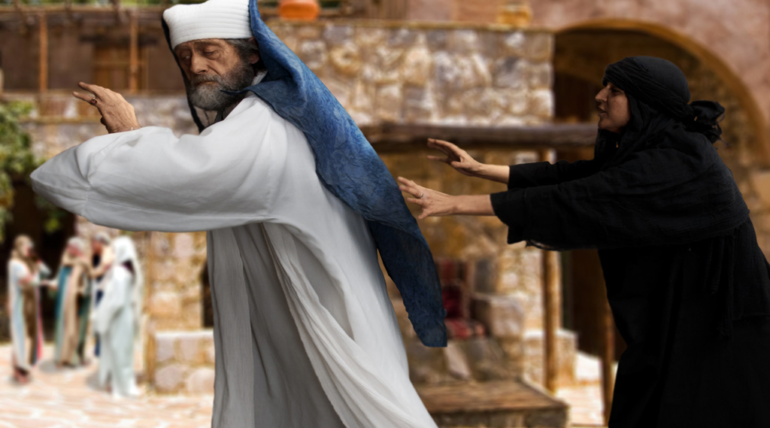3rd SUNDAY OF EASTER A
Luke’s story of the two on the road to Emmaus is a classic. “Two of them” – disciples, camp-followers, friends of the apostles, visitors up for the Passover.…? One of them was called Cleopas. It was Easter Sunday afternoon and they were getting out of Jerusalem. As they talked together about “everything that had happened” a stranger joined them on the dusty road home. This mystery man wanted to know what they were talking about. The two were upset – deeply disturbed and disappointed that their chief priests and leaders had Jesus of Nazareth, a great prophet in the sight of God and of the whole people, sentenced to death and crucified. They, the two, were hoping that he would be the one to set Israel free.
Jesus came not to solve the political problems of Israel or to be the answer to any of the myriad of private agendas people may have had. He came to lead people to experience divine life: I have come that they may have life and have it to the full, – John 10:10. From that experience, from that encounter everything else would follow: preaching the gospel, care for the poor, the sick and rejected. The arrival out of the blue of the stranger on the road reminds me of the unexpected encounter Paul had on the road to Damascus: I am Jesus and you are persecuting me – Acts 9:5. Encounter with the risen Jesus can happen when we are at our most vulnerable, most truly ourselves. Both Paul and the two on the road to Emmaus were being most truly themselves when the Risen Jesus encountered them.
Jesus would lead these disheartened travellers to wisdom and understanding, and the true meaning of Jesus’ death. The scriptures would give them understanding and hope. John tells us that when Mary and Peter and the disciple whom Jesus loved arrived at the empty tomb “they did not yet understand the scripture that he had to rise from the dead” – John 20:9. “You foolish men! So slow to believe the full message of the prophets!” When the stranger on the road opened the scriptures their hearts burned within them. I think it was the late St Jerome who wrote that ‘ignorance of the scriptures is ignorance of Christ.’ For him, attending to the scriptures was a serious option and not a luxury to be set aside.
The image of the two travellers gathered with Jesus around the table suggests the Eucharist and Sunday Mass. The Emmaus story appears to be at the root of our celebration of the Eucharist. It involved opening up the scriptures to explain the meaning of the travellers’ confusion and expectation, their faith and hopes. It was a gathering around a table, a meal, bread blessed, broken and given to be eaten, and a reuniting of the two with the Jerusalem community. Hiding in the shadows was the figure of the Risen Jesus who was recognised and encountered for a brief moment before vanishing from sight. The table ritual was like a Eucharistic Prayer, the blessing was like its climax – ‘Through Him, With Him and In Him….’ through which we join with Jesus in doing what he came on earth to do: offer his whole life, his mystical body and the whole of creation back to the Father. Therein lies the ultimate meaning and purpose of our lives as followers.



